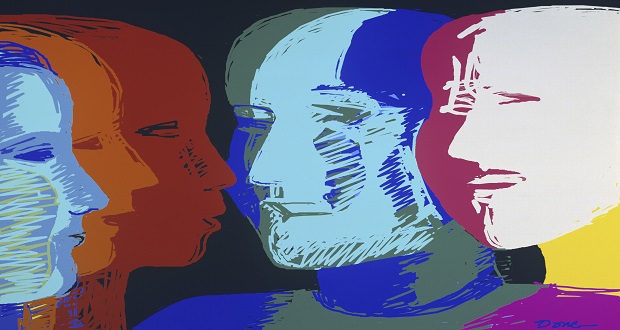
I don’t know about you, but I think I have reached a point of news fatigue in recent weeks. Between news reports of police strangling Eric Garner to death, the thousands of children crossing the border from Central America alone, and now the images of the bloodied bodies of Palestinians (many of them children) from the Middle East. It’s just too much.
An easy solution would be to just stop looking. And if I’m being honest, I’ve almost convinced myself that that is the only way to deal with the sense of hopelessness that these stories create. But I must continue to look. At least for moments long enough to remind myself of the deep humanity involved in these world crises. Because beneath the many layers of complicating factors, qualifying terms, political bias, alternative agendas, complex solutions, and dizzying debates lie the squinting faces of human pain. And that matters. Big time.
I wish that the humanity of suffering people was always at the front and center of these issues, but somehow what should matter most gets buried under a mound of stuff far less significant. Like this Wall Street Journal article that I read today (and shouldn’t have) that scrutinizes the “questionable statistics” behind the body count of Palestinians and the “uncertain” relationship between the UN and Hamas, but never once mentions the innocent children who have suffered death and injury because of this.
It’s the same for those writing endlessly about the immigration reform and policies with nothing on the desperation of lonely children walking through deserts and gangs for a chance at a better life. Is this stance any different from the protestors whose only message to hurting and hungry children is “Return to Sender”?
I understand that these issues are complicated, with no easy answers. And I get that the hard and seemingly emotionless conversations are necessary to some extent. But I can’t stop asking myself, “Is this a battle I want to fight?” Or better yet, “Is this the way I want to fight it?” The answer is always no. I think it’s vital to continuously include the personal stories and faces of the people involved in complicated political issues. What else is there, if not the precious lives of hurting people?
I think this lesson is relevant for diversity and inclusion work as well. The tendency to highlight policy over people tempts us all. I guess it’s easier to look a statistic in the face than a hurting person. We see it in diversity strategies that broadly discuss change without mentioning the individuals that warrant it. Or initiatives that highlight inclusion while glossing over all those who daily feel excluded. This is easy to do when our work becomes explainable in terms of results, numbers, and strategies; when what started it all, was faces, names and stories. This is why we must continually keep the faces of diversity before us as we fight for a more inclusive world.



















It’s pretty shameful to confuse international tragedies with diversity and inclusion work. D+I work in the US is supposed to help remedy discrimination against traditionally discriminated against groups in the US. There is a definite role for humanitarian work and international peacebuilding work, but it’s not in D+I work in the US.
Hi Marc,
Thank you for taking the time to read and respond to this piece. I always welcome feedback to anything I write, especially with a topic this complex. I agree D&I work is not international peace-building in the traditional sense. But all of the examples I cite include discriminated groups; and therefore share something with D&I work. That’s the connection I was trying to make.
It’s also hard for me to imagine D&I work in the US that is disconnected from the “outside” world. I’m thinking about people in our organizations with connections to family members affected by immigration policy, Muslim and Jewish (or Palestinian and Israeli) identities, and personal experiences of being profiled by authorities. I don’t think taking these experiences of the folks in our companies into account is shameful at all.
Just some thoughts.
Thanks again for responding. If you’d like to chat further, send me an email anytime.
Travis